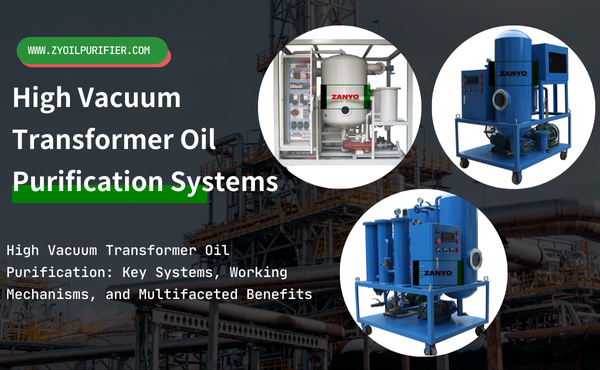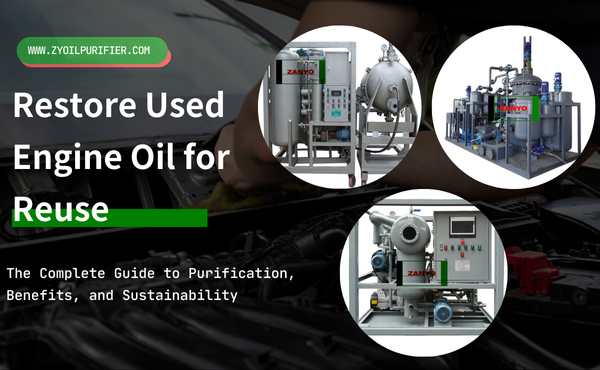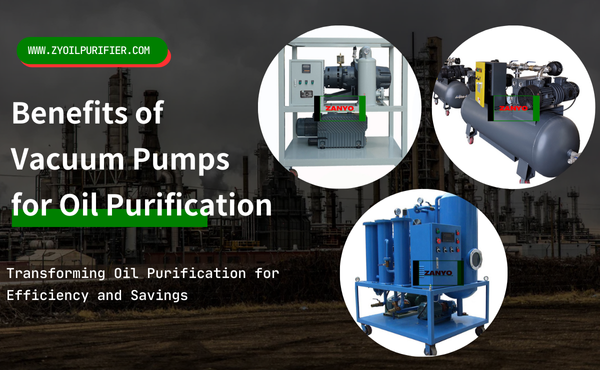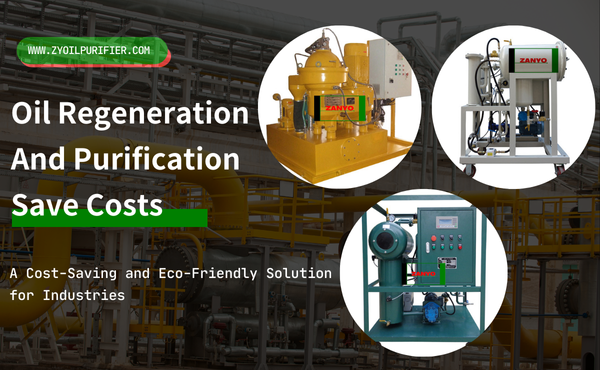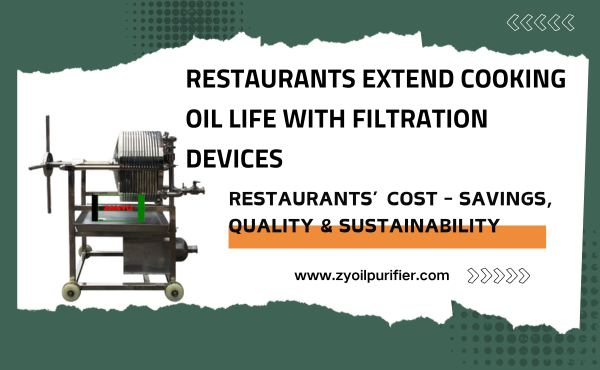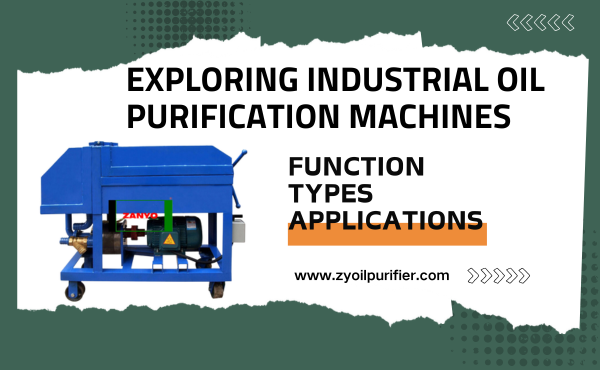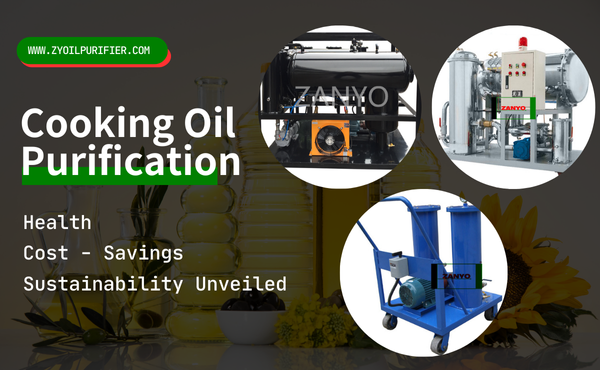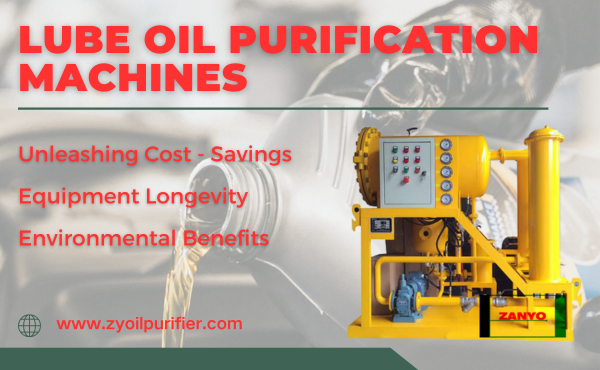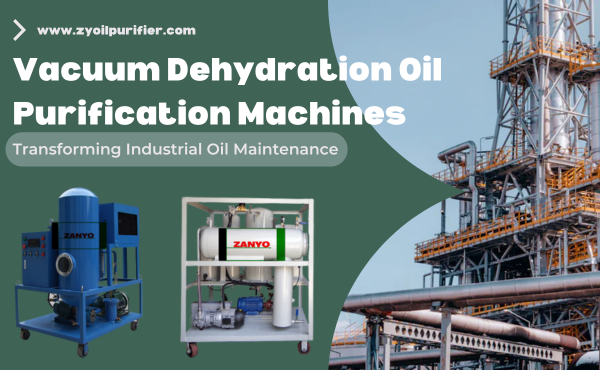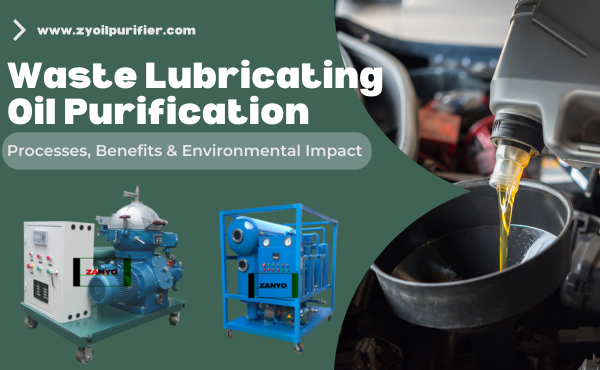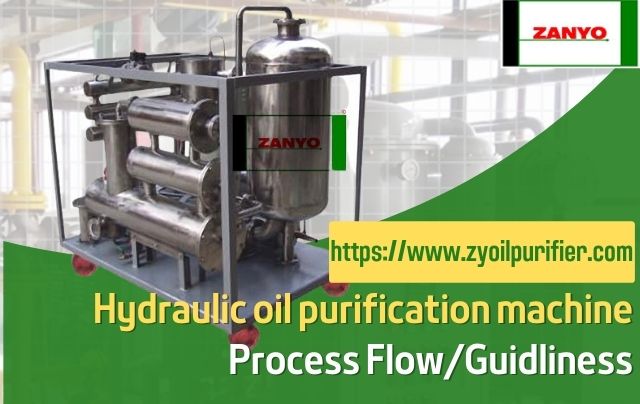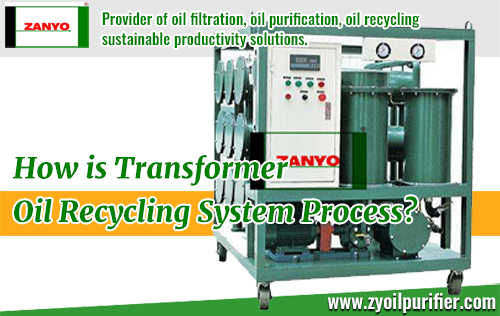Oil purification means cleaning oil by removing dirt, water, and sludge. This helps keep the oil clean and useful for machines. Common ways to clean oil include settling, filtering, and using a vacuum. Each method removes specific types of dirt.
Cleaning oil is important for machines to work well and last longer. For example, making oil cleaner by one ISO 4406 level can make machines last 35% longer. Also, industries clean oil to save money and reduce waste. This is especially helpful since crude oil prices in 2023 range from $70 to $90 per barrel. Clean oil prevents machine damage, makes oil last longer, and lowers costs.
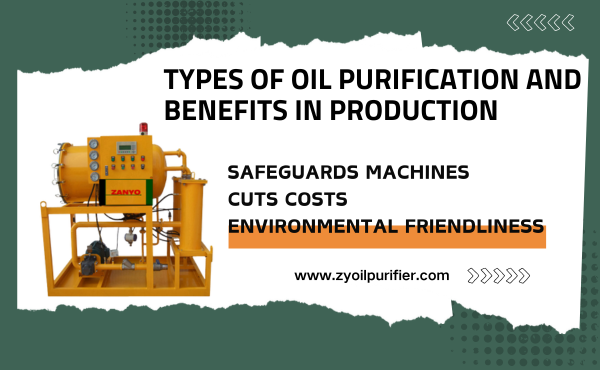
Key Takeaways
- Cleaning oil stops machine damage. It takes out dirt and sludge, helping machines work better and last longer.
- Clean oil saves money. It means fewer oil changes and less expensive repairs, making work smoother.
- Picking the right cleaning method is important. Different ways clean different dirt, so testing oil helps choose the best one.
- Cleaning oil helps the environment. It cuts waste and pollution, helping industries follow rules and care for the Earth.
- Regular oil cleaning makes machines work better. Clean oil boosts machine performance, leading to more work done and less stopping time.
Why is oil purification important?
Stopping equipment damage
Cleaning oil helps protect machines from breaking down. Dirt, water, and sludge can harm important parts. Over time, this makes machines work poorly and need expensive fixes. Removing these things keeps machines running well and lasting longer.
Research shows cleaning oil improves how machines perform. It lowers wear and keeps dirt levels low.
- Keeping dirt under control stops machines from breaking.
- Clean oil helps parts move smoothly with less rubbing.
When you clean oil, you protect machines and avoid sudden problems.
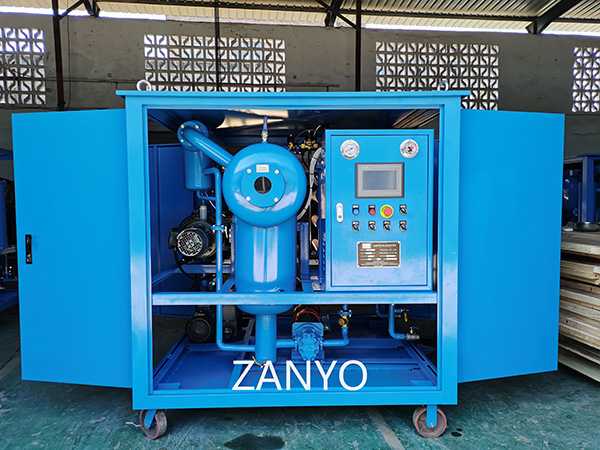
Making oil last longer
Cleaning oil not only protects machines but also makes oil useful longer. Dirt and other stuff make oil go bad faster. Cleaning it removes these things and keeps the oil good for more time.
For example, special tools like spectrophotometers and GC–MS check oil quality. These tools show how cleaning oil stops bacteria and fixes its makeup.
| Method | What it does |
|---|---|
| Spectrophotometric method | Checks bacteria growth by measuring light absorbance. |
| Gas chromatography-mass spectrometry (GC–MS) | Measures oil quality by checking certain chemical levels. |
By making oil last longer, you waste less and spend less on new oil.
Cutting costs
Cleaning oil saves money for industries. Clean oil stops machines from wearing out, which avoids costly repairs. New tech, like IoT and AI, makes cleaning oil even better and cheaper.
Here’s how cleaning oil saves money:
- It reduces time lost when machines break.
- It lowers how often you need new oil.
- It helps machines work their best, using less energy.
Spending on oil cleaning saves money and helps businesses succeed over time.
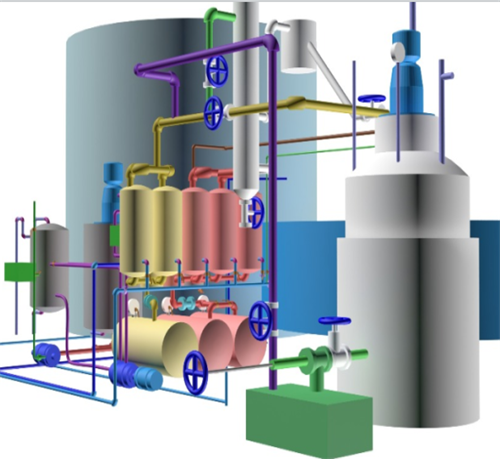
Waste Oil Vacuum Distillation Plant
Following environmental rules
Cleaning oil helps industries follow environmental laws. It lowers harmful emissions and keeps nature safe. Governments have strict rules to stop pollution. Businesses must follow these rules to act responsibly.
Measuring emissions is one way cleaning oil helps. Refineries use special tools to check emissions all the time. This helps find problems early and fix them fast. Watching emissions closely keeps air clean and avoids breaking the law.
Purifying oil also reduces waste. Dirty oil is often thrown away, which pollutes more. Cleaning and reusing oil means less waste and less need for new oil. This helps the planet and supports sustainability goals.
Industries that clean oil show they care about nature. Cleaner work builds trust with people and improves their image. Following environmental laws also avoids big fines and legal trouble.
Adding oil cleaning to your work is smart. It helps your business stay efficient and protect the planet. It shows you care about a cleaner, healthier world while following the rules.
Types of oil purification methods
Sedimentation is a simple way to clean oil. It uses gravity to separate dirt and sludge from oil. When oil sits still, heavy particles sink to the bottom. The cleaner oil stays on top. This method works well for oils with big solid particles.
Industries use sedimentation when oil has little contamination. It’s cheap and doesn’t need fancy tools. But it’s slower than other methods and can’t remove tiny particles or water.
Centrifugal purification
Centrifugal purification uses spinning to clean oil. A centrifuge spins oil fast, pushing heavy dirt and water outward. The clean oil gathers in the center. This method is great for removing water and solids.
It’s useful in industries like marine and automotive, where oil often has water. It’s quicker than sedimentation and works for mixed contaminants. The ZANYO Oil Purifier uses advanced spinning tech for better cleaning.
Studies show cleaning engine oil works better in seawater than freshwater. Things like time and pH affect the process. Centrifugal systems adjust to these changes, making them useful in many places.
Pressure filtration
Pressure filtration cleans oil by pushing it through filters. The filters catch dirt and clean the oil. How well it works depends on factors like gravity and interception.
Pressure drop shows how well the filter works. Filters with higher pressure drops last longer but need more energy. The amount of dirt caught shows the filter’s efficiency.
This method is common in industries needing precise oil cleaning. It’s good for oils with tiny particles and gives steady results. Advanced systems, like ZANYO’s Oil Purifier, improve pressure filtration for the best performance.
Vacuum filtration
Vacuum filtration is a strong way to clean oil. It uses a vacuum pump to pull oil through a filter. This removes water, gas, and tiny particles, keeping oil clean for machines.
This method works well for oil with water or air bubbles. The vacuum lowers water’s boiling point, making it easy to remove. The ZANYO Oil Purifier uses advanced vacuum tech for great cleaning results.
Here’s how vacuum filtration performs based on lab tests:
| Performance Metric | What it shows |
|---|---|
| Filtration Efficiency | Clean filter works better, improving from 66% to 100%. |
| Pressure Drop | Wetting affects pressure drop slightly but boosts cleaning. |
| Hysteresis | Partial wetting causes small differences in test results. |
| Model Accuracy | Predictions match tests closely, with less than 7.5% error. |
Tip: Use vacuum filtration if your oil has water or gas. It improves machine performance and makes oil last longer.
How to choose the right oil purification method
Finding out what’s in the oil
To pick the best way to clean oil, you need to know what’s making it dirty. Things like dirt, water, sludge, or gases can be in oil. Each needs a special cleaning method. For example, sedimentation works for big particles, while vacuum filtration removes water and gases.
You can test oil to find out what’s in it. Tools like Gas Chromatography-Flame Ionization Detection (GC-FID) help check for petroleum hydrocarbons. These tests also measure Total Petroleum Hydrocarbons (TPH). High TPH levels, over 50 mg/kg, mean the oil needs cleaning.
Tip: Test your oil often to pick the best cleaning method.
Matching the oil and machine needs
Different machines and oils need different cleaning methods. For example, hydraulic systems need very clean oil, while engines may need water removed. Using the right method helps machines work better and last longer.
Studies show that oil type and machine design affect cleaning results. For example:
| Study | Focus | Findings |
|---|---|---|
| Yonguep et al. (2022) | Demulification efficiency | Oil type changes how well cleaning works. |
| Mahdi et al. (2008) | Salt and water removal | Temperature and chemicals affect cleaning results. |
| Adeyanju and Oyekunle (2018) | Performance of demulsifiers | Machine type affects water removal in Nigerian crude oils. |
Choosing the right cleaning method keeps machines running smoothly and avoids damage.
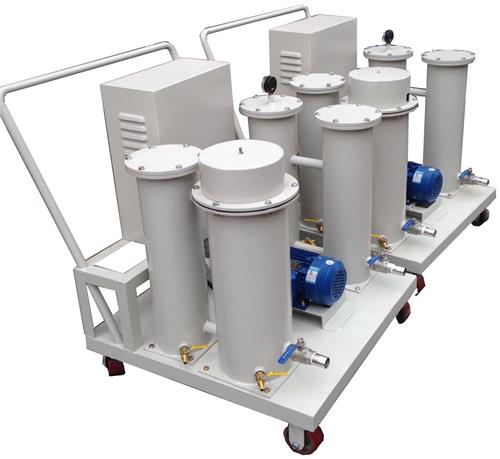
Portable Oil Filtration Device
Thinking about costs and needs
Your budget and needs matter when picking a cleaning method. Some methods, like sedimentation, are cheap but slow. Others, like vacuum filtration, work faster but cost more upfront.
Think about:
- Speed: How fast do you need clean oil?
- Energy use: Does the method fit your energy plan?
- Upkeep costs: Are parts and filters affordable?
For busy industries, advanced tools like ZANYO’s Oil Purifier are great. They clean well and save money, making them useful for many jobs.
Note: Check your needs and budget to find the best cleaning method.
Extra cleaning methods
Sometimes, main oil cleaning methods need extra help. These extra methods make oil cleaning work better. They solve specific problems and improve the process.
1. Heating
Warming oil before cleaning helps it flow easier. This makes it simpler to remove water and sludge. For example, heating oil to 60–80°C helps vacuum filtration work better. Be careful not to overheat the oil.
Tip: Heat thick or very dirty oil. It cleans faster and better.
2. Magnetic Separation
Magnets pull out metal bits from oil. This is helpful in industries like car making, where oil often has metal debris.
3. Ultrasonic Cleaning
Sound waves clean oil by shaking off dirt and sludge. Tiny bubbles from vibrations help clean oil used in precise machines.
4. Coalescence
Coalescence removes water from oil. Special filters join small water drops into bigger ones. This makes it easier to separate water from oil. It’s great for oils with lots of moisture, like hydraulic oils.
| Method | Best For | Main Benefit |
|---|---|---|
| Heating | Thick or dirty oil | Better flow and separation |
| Magnetic Separation | Oil with metal bits | Removes metal particles |
| Ultrasonic Cleaning | Oil for precise machines | Cleans stubborn dirt |
| Coalescence | Oil with water | Removes water effectively |
Using these extra methods with main ones gives cleaner oil and helps machines work better.
Cleaning oil is important to keep machines working well and lasting longer. Removing dirt and other harmful stuff stops damage, saves time, and improves how machines work. Here are the main benefits of cleaning oil:
| Benefit | What it means |
|---|---|
| Safer Machines | Clean oil stops breakdowns that could cause accidents or injuries. |
| Fewer Oil Changes | Clean oil lasts longer, so you don’t need to change it often. |
| Less Unplanned Downtime | Dirty oil can break machines, causing costly delays and repairs. |
| Better Machine Performance | Clean oil helps machines run smoothly and work more efficiently. |
Different cleaning methods work best for different problems. Sedimentation removes big particles, while vacuum filtration gets rid of water and gas. Centrifugal and pressure filtration are great for mixed dirt and detailed cleaning. Tools like ZANYO’s Oil Purifier use advanced methods for the best results.
When picking a method, think about what’s in the oil, the type of oil, and the machine. For example, one study showed using membrane-adsorber technology cut costs by 15% and boosted productivity. This shows how choosing the right method can save money and improve results.
By knowing your needs, you can pick the best way to clean oil. This saves money, makes machines work better, and helps protect the environment.
FAQ
What is the best way to clean oil?
The best way depends on what’s dirty in the oil. Use vacuum filtration to remove water. For dirt, try pressure filtration or sedimentation. Check your oil and machine needs before deciding.
How often should oil be cleaned?
Clean oil based on how much it’s used and how dirty it gets. Regular tests help set a cleaning schedule. For big machines, clean oil every few months to keep them working well.
Does cleaning oil save money?
Yes, cleaning oil saves money by making it last longer. It stops machines from breaking and lowers repair costs. Clean oil also helps machines use less energy and work better.
Is cleaning oil good for the environment?
Yes, cleaning oil cuts waste and reduces the need for new oil. It helps industries follow environmental rules by lowering pollution and supporting green practices.
Can ZANYO Oil Purifier clean all oils?
ZANYO Oil Purifier uses smart tech to clean many oils. It works on hydraulic, engine, and transformer oils. It removes water, gas, and dirt to help machines run their best.

